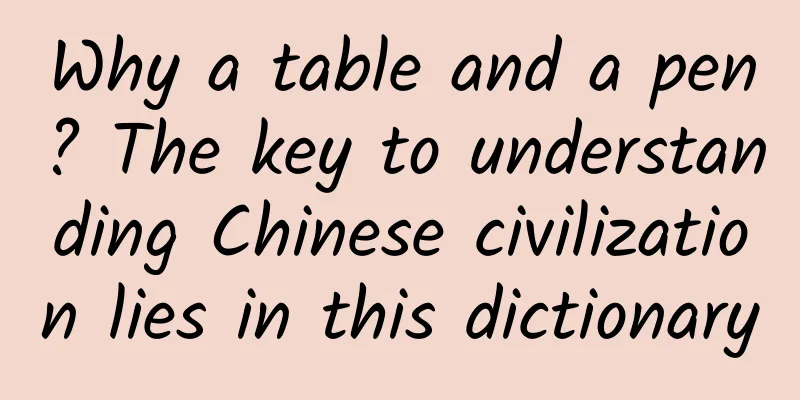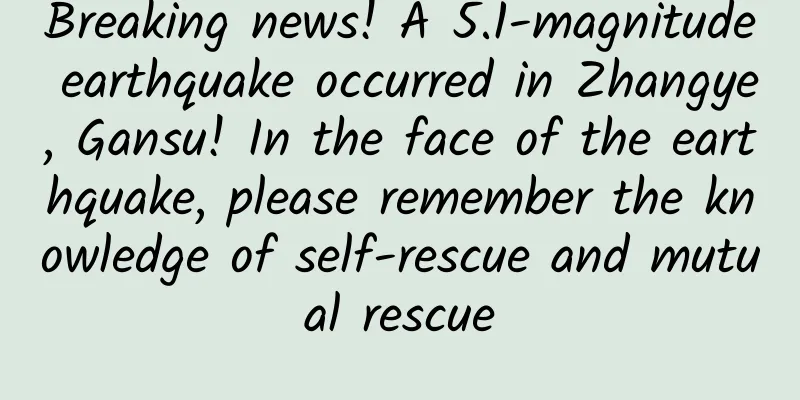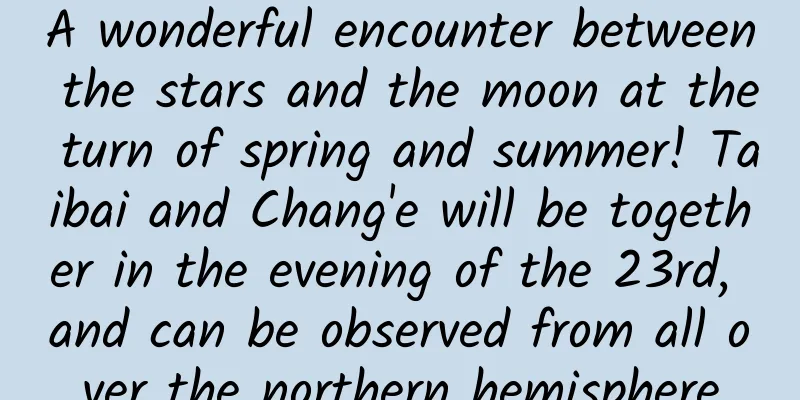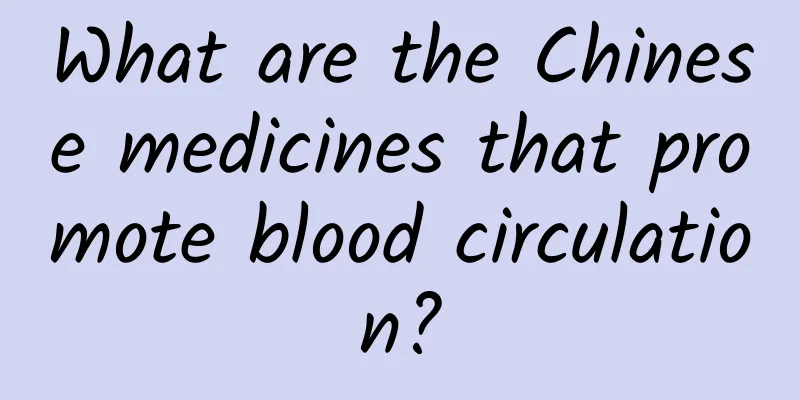Why a table and a pen? The key to understanding Chinese civilization lies in this dictionary

|
Why is it a table? Why is it a pen? The answers to these questions can be found in a dictionary. Entering the Xu Shen Cultural Park. As soon as you enter the gate, you will see the image of Xu Shen carved on a tall and complete golden nanmu tree, standing upright with deep eyes. Xu Shen's contribution is well known to everyone, and it is his great work "Shuowen Jiezi". Walking in the park, the Avenue of Chinese Characters uses words to reveal the first page of the Chinese character culture to the people who come here. 1900 years ago, the first Chinese dictionary was published Walking from south to north, you can see six-meter-high square prism-shaped "Six Characters" stone pillars carved from granite, standing on both sides of the square at the entrance of the Cultural Park. The six stone pillars are engraved with the six character theories summarized by Xu Shen - ideographic, pictographic, phono-semantic, ideographic, transliteration and loan. “Words are the foundation of classics and the beginning of royal government. They are the means by which our ancestors passed on knowledge to later generations and the means by which later generations understand the past.” Xu Shen summarized it in 24 words in the preface to Shuowen Jiezi: Words are the foundation of classics and knowledge. "Shuowen Jiezi has a total of 14 chapters, which include 9,353 small seal characters and 1,163 repeated characters. It is the first dictionary in my country that analyzes character shapes, explains character meanings, and identifies phonetics and rhymes. It is the founding work of documentary language, and a comprehensive work on the research of written language, writing, phonology, and exegesis." Zhu Feihui, director of the research and liaison section of the Xu Shen Cultural Research and Preservation Center, told reporters that the research results of Shuowen Jiezi created the "Six Characters" theoretical system and laid the foundation for Chinese philology. The Chinese Character Avenue at the entrance is a powerful proof: the 80-meter length implies that the origin of Chinese characters can be traced back to 8,000 years ago. Ancient inscriptions, oracle bone inscriptions, bronze inscriptions, bamboo slips and silk manuscripts, seal script, official script... When the length of human measurable length coincides with the speed of the passage of time, the interpretation of text also allows history and culture to remain unchanged for generations in the passing of time, regardless of the passage of time. A Chinese archway formed by two Chinese characters “Zi”. A single word is a text, and a combined word is a character. Xu Shen believed that a large number of words are "characters" and a small number of words are "texts", and a character is composed of two or more texts. The character-shaped archway standing on the central axis of the park is designed in the shape of two "characters", called "characters". The base of the Xu Shen statue facing the character-shaped archway is designed to imitate the word "classic" in the dictionary. Xu Shen stands tall on the "classic", implying that Xu Shen compiled the first dictionary in China and even the world, and achieved the great cause of "Chinese Character Saint" for thousands of years. Shuowen Jiezi pioneered the search for characters based on radicals "Xu Shen classified the originally scattered Chinese characters into 540 radicals by analyzing their structure." Zhu Feihui told reporters that it was Xu Shen who invented the dictionaries arrangement format using 540 radicals to govern the text, thus pioneering the use of radicals to search for characters. "Words related to water are all written with the '氵' radical, which is what we now call 'three-drop water', and its pronunciation is also 'shuǐ'; and words related to human movements are written with the '扌' radical, which is what we call the 'lifting hand radical'. Find a representative from each category of characters, which are called radicals." Xu Shen summarized 540 radicals and called them "文", and then "字" was derived from "文", which made recognizing characters much easier. "Most dictionaries in history were arranged in the style of Shuowen Jiezi. The dictionaries we compile today also often use the radical arrangement method or come with radical-based indexes. Ciyuan, Cihai, Hanyu Dictionary, Xinhua Dictionary, Modern Chinese Dictionary, etc. have been constantly improved with the development of the times, and the number of characters included has gradually increased. They are all continuous enrichment and improvement of the style of Xu Shen's Shuowen Jiezi." Zhu Feihui said that the statue of Xu Shen standing on the character "典" (classic) speaks of his contribution. The interpretation of the origins of Chinese characters in Shuowen Jiezi is encyclopedic and extensive, making it a reference book that is easy to check Chinese characters. Text password conveys civilized password At the scene, Zhu Feihui asked everyone a question: "If the character '女' is covered by the small seal script, and only the oracle bone script and the modern script are used, can you guess what it is?" "Since seal script is at the watershed stage of the development of ancient and modern characters, it is a bridge for communication between ancient and modern characters. Without the small seal scripts collected in Shuowen Jiezi, it would be difficult for us to interpret oracle bone inscriptions, scriptures and unearthed documents. It is thanks to Xu Shen's Shuowen Jiezi that we have the golden key to unlock oracle bone inscriptions." Zhu Feihui said that the reason why civilization has not been interrupted for thousands of years is largely because the writing has not been interrupted. Through Shuowen Jiezi, future generations can learn about the rules and regulations, production conditions, cultural science, geographical evolution, customs and habits of ancient society, and understand the civilization of that period. "There are few historical records about Xu Shen's life. This short 85-word introduction once again proves that Xu Shen devoted his life to the research and development of classics." "Book of the Later Han Dynasty: Biography of Xu Shen" describes, "Xu Shen, whose courtesy name was Shuzhong, was from Zhaoling, Runan. He was honest and sincere, and learned a lot of classics at a young age. Ma Rong always respected him. People at that time said, 'Xu Shuzhong is unparalleled in the Five Classics.' He was a county official, selected as a filial and honest official, and then transferred to be the head of Xu. He died at home. At first, Xu Shen wrote "The Different Meanings of the Five Classics" because of the different opinions on the Five Classics. He also wrote 14 chapters of "Shuowen Jiezi", all of which have been passed down to the world." "The name Xu Shen has gone beyond the scope of an individual. He is more of a symbol, representing the unification and finalization of Chinese characters, and belongs to the Chinese nation." Zhu Feihui said that when Xu Shen was arguing about the modern text and ancient text, he was not influenced by the social atmosphere, but sought verification from many literature classics, devoted himself to study, and spent his whole life pursuing academics. His simple and steadfast character made Xu Shen stick to only one thing in his life. His obsession and love for Chinese character research have been passed down to this day, influencing the enthusiasm of Chinese people for Chinese characters, and passing on the Chinese character culture and Chinese culture. Come to Xu Shen Cultural Park and find the key to "unlock" Chinese civilization. |
<<: The koi in the scenic area are as fat as balls. Don’t the fish feel full?
Recommend
The efficacy and function of wild betel nut
The medical value of wild betel nut is beyond our...
New discoveries! These 4 new species are revealed for the first time!
Rana wuyiensis, Ephemeroptera spp. Wuyishan Maoni...
Insects are everywhere, they are the real "rulers" of the earth!
The winning works of the 2023 "China Science...
Do you have the same stutter as Shen Gongbao? The doctor teaches you how to speak smoothly from "stuttering"
The domestic animated film "Nezha: The Devil...
How can dark clouds weighing millions of tons float in the sky? Is it that the law of gravity has failed?
This article is based on answering questions rais...
Can honeysuckle really reduce internal heat?
In summer, many families often use honeysuckle an...
Nutritional value of monkey cicada
Every summer we can hear the sound of cicadas chi...
Root cause | Can stem cell transplantation really treat hair loss? Don’t rush to try it yet
gossip More and more people are suffering from ha...
The efficacy and function of a handful of scorpion
The environment is now seriously deteriorating an...
Alum for treating body odor
Alum is a mineral Chinese medicine that can treat...
Things to note on the first day of delivery
It is said that natural childbirth is more benefi...
Was the disappeared ice field "giant horned monster" already picked up by a prehistoric cave "artist"?
In December 1994, French explorer Jean-Marin Chau...
What are the contraindications of taking Chinese medicine for regulating menstruation?
Many women with irregular menstruation attribute ...
The mortality rate is over 90%! To prevent sudden cardiac death, pay attention to these 6 signs!
When the "lifeline" on the Holter monit...
Giving Up Syndrome and Beyond: The Weird Case of Mind-Body Problems
Leviathan Press: I was chatting with my mother a ...









